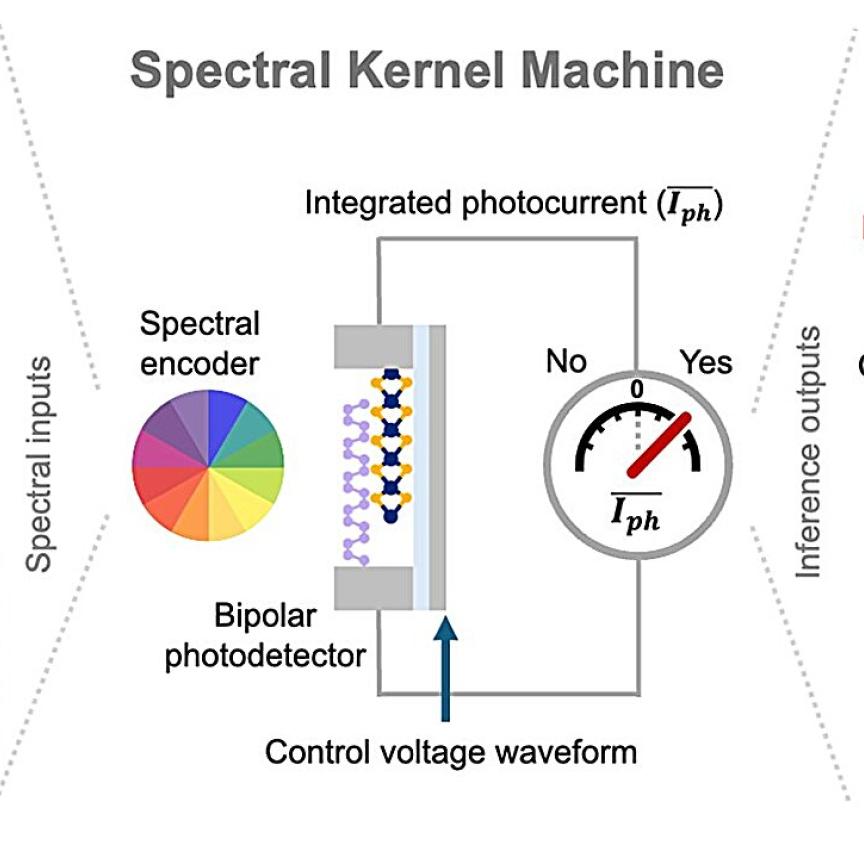A new approach to wavelength filtering technology, Spectrolight Inc.’s Flexible Wavelength Selector (FWS), can be used for hyperspectral imaging applications as seen in the following video link: https://www.youtube.com/watch?v=pecAWSiq3Zs. The video shows the hyperspectral imaging of BPAE cells labeled with Alexa 488 Phalloidin in a setup consisting of a commercial microscope with a Flexible Wavelength Selector (FWS) Poly tunable filter assembled at the emission port.
The FWS Poly was programmed to scan and filter an isolated wavelength emission range between 508-538 nm with a FWHM of 15 nm, step size of 5 nm, and time delay of 3 seconds. The resulting wide-field spectral images of BPAE cells as well as the emission intensity plot intervals can be seen throughout the video.
For a step by step instructional guide on the equipment setup for the Flexible Wavelength Selector with a commercial fluorescence microscope please refer to the following link: https://www.spectrolightinc.com/technical-resources/application-note-ho…
This is one of several wavelength filtering applications that the Flexible Wavelength Selector (FWS) can be used for and compared to existing tunable filter technologies, FWS devices have the following advantages:
1. High Transmission efficiency (> 75%)
2. Polarization-independent
3. High OD for out of band blocking (> OD6)
4. Independent control of center wavelength and bandwidth via USB software (FWS-Auto)
5. Larger Aperture for imaging applications
The Flexible Wavelength Selector (FWS) is a simple and compact approach to tunable wavelength filtering that combines the wavelength tuning and bandwidth adjustment capabilities of a monochromator with the imaging functionality of a thin-film filter that is ideal for use in both illumination and image acquisition. The FWS has several models to accommodate various applications and budgets.

